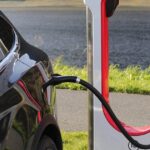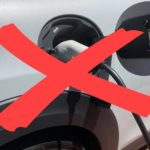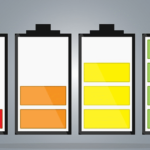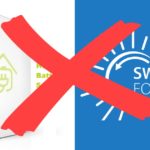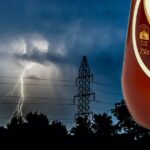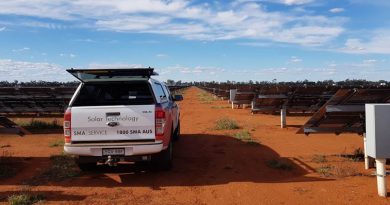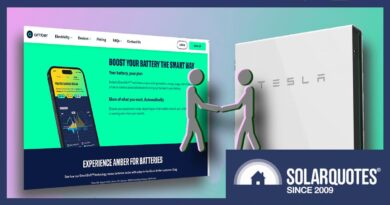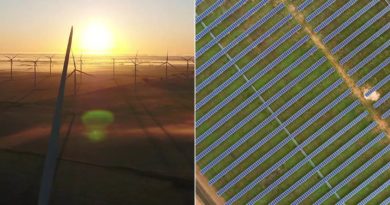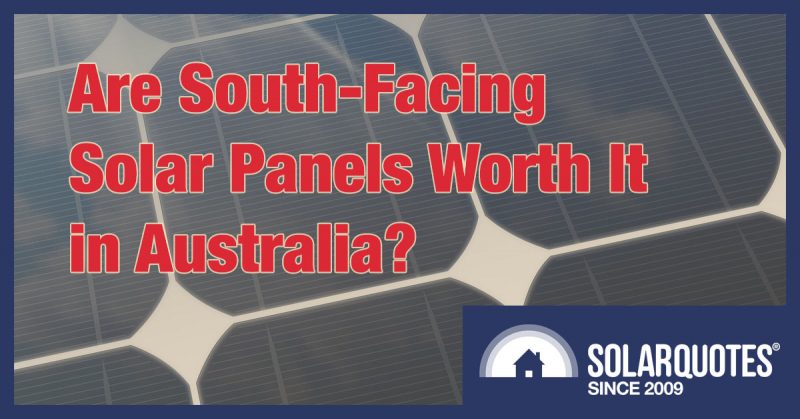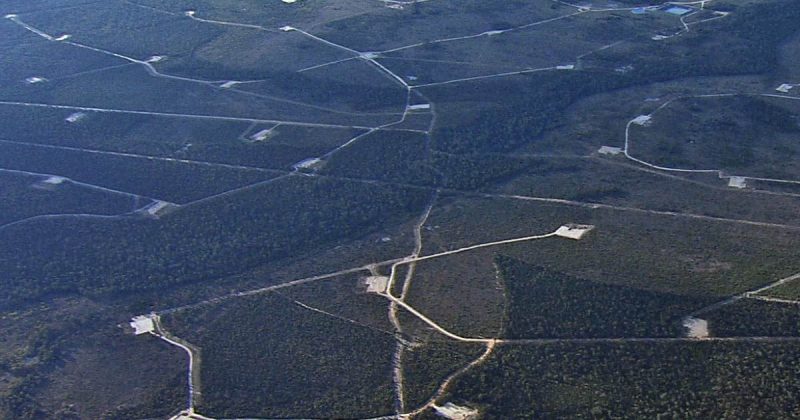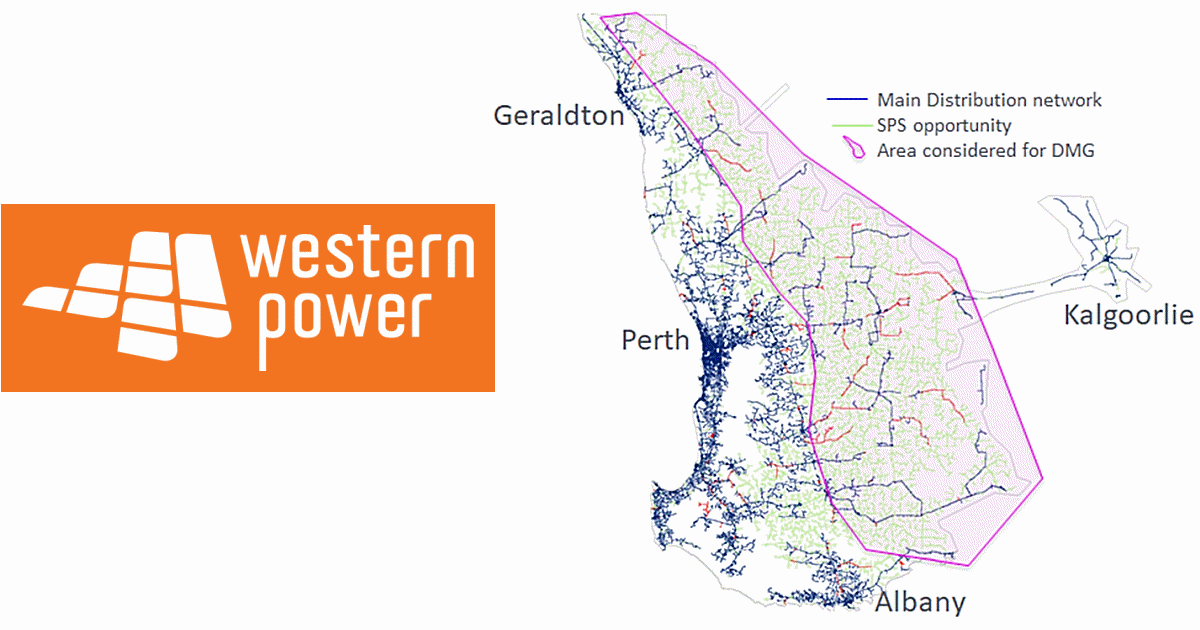A New Premier For SA: What Now For Renewables?
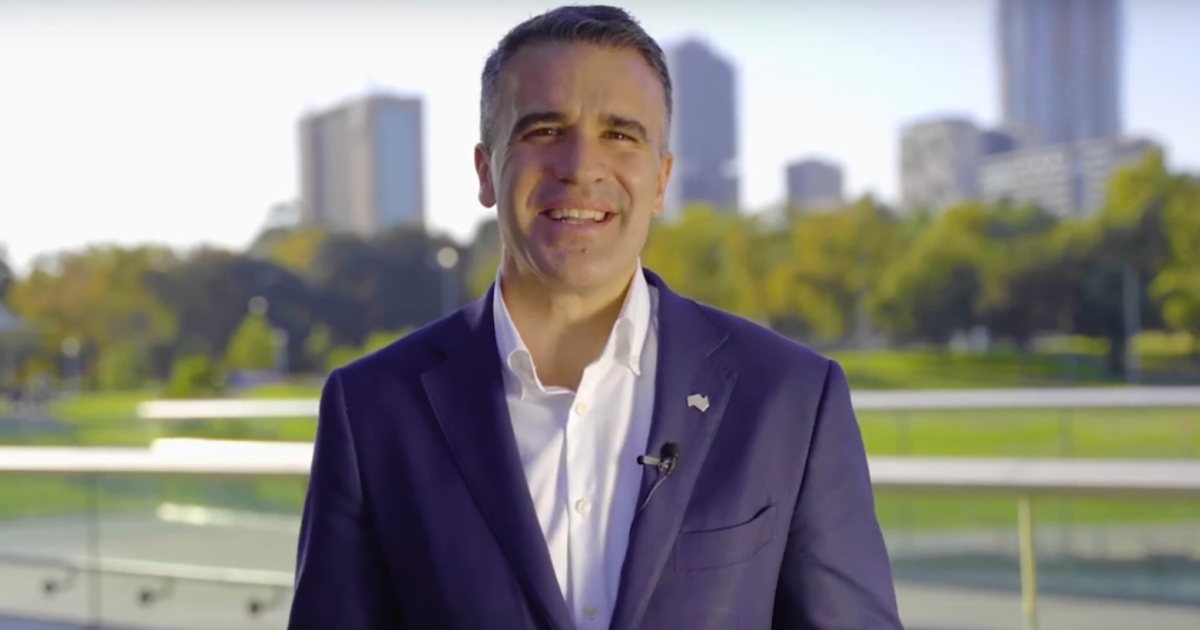

Peter Malinauskas will be sworn in as South Australia’s new Premier this morning – so, what does the future hold for renewable energy in SA under a Labor government?
When the Marshall Government came to power in South Australia in 2018, things felt a little shaky on the renewables front given the SA Liberals had previously been hell-bent on trashing the state’s renewable energy target. But going into the 2018 election, the party indicated support for the development of renewable energy.
Back then, SQ’s Ronald asked:
“Now that the power is theirs, will solar and wind continue to expand in South Australia or will Premier Marshall peel off his face to reveal he is Mecha-Abbott underneath and set about destroying the renewable energy industry in South Australia?”
As it turned out, Steven Marshall wasn’t the latter, and Energy Minister Dan “The Battery Man” van Holst Pellekaan was a solid supporter of renewables, particularly energy storage. Renewable energy generally continued to thrive under the Marshall Government.
Out With The Not Very Old, In With The New
The SA election was called by ABC election analyst Antony Green just a couple of hours after polling had closed on Saturday evening. By the wee hours of this morning, 54.4% of votes had been counted and while 9 seats were in doubt, Labour had 26; two more than it needed to win. In short, SA Labor has kicked the Liberals’ ass.
As at early this morning in (soon-ex) Premier Steven Marshall’s electorate of Dunstan, Labor was ahead. In (soon-ex) Energy Minister Dan van Holst Pellekaan’s electorate of Stuart, Independent Geoff Brock has been picked the winner.
So, as South Australians get used to the idea of a new Premier – Peter “The Body” Malinauskas – and a new Energy Minister, very likely “Turbo” Tom Koutsantonis, what is the road ahead for renewable energy?
Mr. Koutsantonis has previous form as the state’s Energy Minister, serving in the role from late 2011 until Labor’s defeat in March 2018 – so he has some solid experience in this portfolio. Judging by Labor policies going into the election, it appears there will be an “ain’t broke, don’t fix it” approach to renewable energy with the exception of two areas.
Huffing Hydrogen
Hydrogen remains the saveur du jour among various parties, SA Labor among them.
The party has committed to building a 250MWe hydrogen electrolyser facility, a 200MW hydrogen power station, a 3,600 tonne hydrogen storage facility and establishing Hydrogen Power SA to offer firming services to renewable generation facilities. All this is to be achieved by 2025, so they are going to need to hit the ground running.
Through this initiative, called the Hydrogen Jobs Plan, it is intended to deliver lower electricity prices for business and industry, and unlock development of a $20 billion pipeline of renewable energy projects in the state. Labor says it will also minimise the need for household solar power systems to be remotely disconnected during periods when renewable energy production is so high that it threatens grid stability. This has rarely been used to date.
As for the jobs part of the Hydrogen Jobs Plan, Labor envisions 300 jobs in construction, at least 10,000 jobs from the unlocked investment in renewables generally and more than 900 jobs created through developing a hydrogen export industry.
Here’s Peter Malinauskas explaining the Plan:
[embedded content]
More details of the Hydrogen Jobs Plan can be viewed here, plus Ronald’s analysis of the plan here as it stood a year ago.
Ditching The EV Tax
The Marshall Liberal Government implemented an electric vehicle tax that will come into effect in 2027, based on charges of 2.0 cents per kilometre for plug-in hybrid vehicles and 2.5 cents per kilometre for any other electric vehicles.
Peter Malinauskas has committed to repealing this tax. SA Labor says:
“We want to encourage South Australians to buy an electric vehicle and hitting them with this tax will have the opposite effect.”
But as well as the stick, there was some carrot from the Marshall Government on EVs, which announced subsidies to support the purchase of electric vehicles and EV smart chargers in December last year. It’s assumed those won’t change.
So, aside from the Hydrogen Jobs Plan and repealing the EV tax, it appears it will be business as usual for renewables in South Australia for the foreseeable future; including in relation to SA’s Home Battery Scheme.
On a related note, check out what’s on offer for solar/battery rebates and subsidies in South Australia.
Original Source: https://www.solarquotes.com.au/blog/sa-malinauskas-renewables-mb2401/





